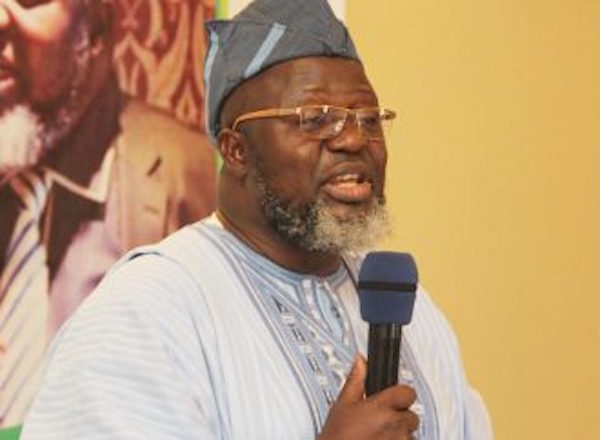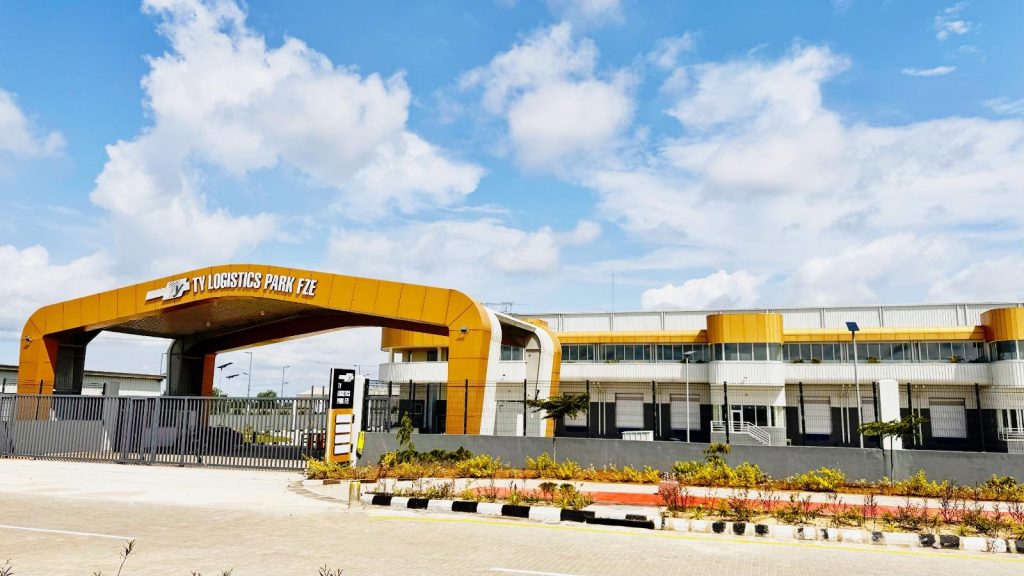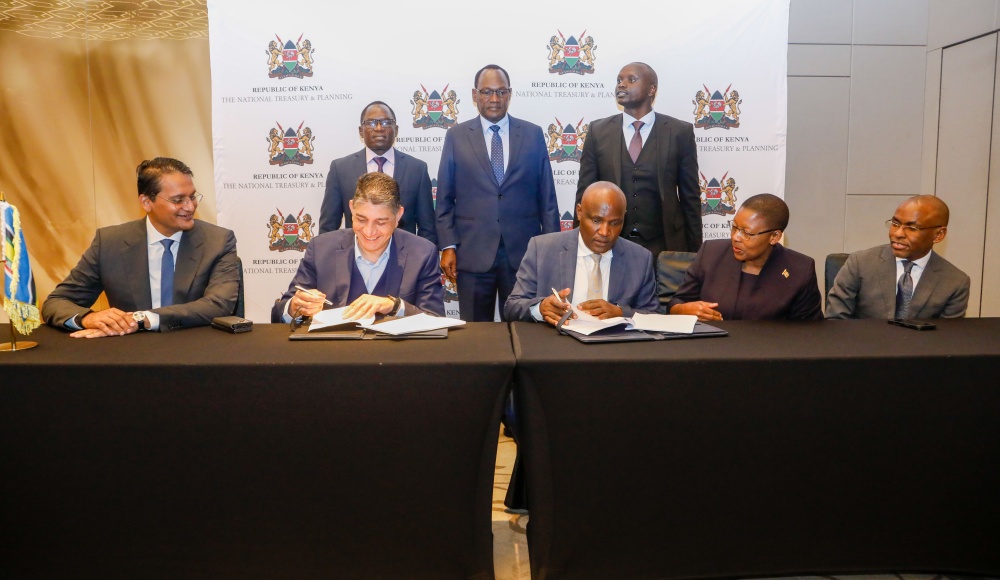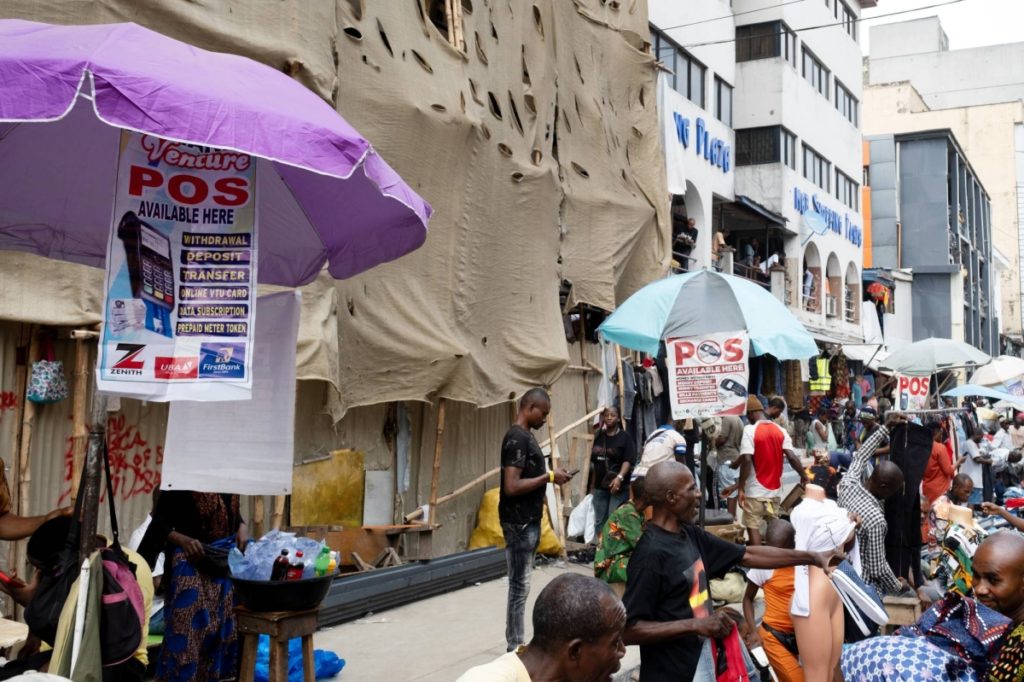The Nigerian Minister of Communications, Adebayo Shittu, on Saturday, October 29, shared some interesting numbers regarding the country’s ICT sector on his Twitter account. The tweets were actually portions of a speech the Honourable Minister delivered at the opening ceremony of the 4th National Council on Communications Technology (NCCT) meeting held in Kaduna last week.
He used the opportunity to update Commissioners in attendance about his administration’s efforts in employing the sector as a tool for Nigeria to diversify from its dependence on oil. According to him, “Undoubtedly, ICT has a vital role to play in this endeavour.”
But that’s not why we are here. I’d like to call your attention to these tweets:
Active telecoms subscribers increased from 148,70 million in august 2015 to 152.28 million as at August 2016, which is an increase of 5.9%.
— Dr Adebayo Shittu (@HMAdebayoShittu) October 29, 2016
Teledensity rose from 107.67% in August 2015 to 109.14% in August 2016, thus recording an increase of 1.47%.
— Dr Adebayo Shittu (@HMAdebayoShittu) October 29, 2016
Broadband penetration has reached 20.95%, while the percentage of internet penetration has reached a milestone 47.44%.
— Dr Adebayo Shittu (@HMAdebayoShittu) October 29, 2016
Interesting (and encouraging) numbers, you may reckon. But what’s official communication from a Nigerian minister without some drama? An impossibility, I tell you.
Honourable Minister Shittu’s tweets were put under a little scrutiny by Paradigm Initiative Nigeria (PIN) Executive Director, Gbenga Sesan, and here we are:
Teledensity: 109
Looking at this again and wondering why @NgComCommission keeps giving saturated market impression. Count users, not SIMs.
— 'Gbénga Ṣẹ̀san (@gbengasesan) October 31, 2016
Is @NgComCommission afraid that using user (not SIM) data will crash teledensity below 60%, affect reported Internet/broadband penetration?
— 'Gbénga Ṣẹ̀san (@gbengasesan) October 31, 2016
With <60% teledensity, Internet penetration will reduce from current 47% rate since it's mostly mobile access @NgComCommission
— 'Gbénga Ṣẹ̀san (@gbengasesan) October 31, 2016
Teledensity is used to report the number of fixed (landline) telephone connections per 100 people in a specific location. Going by the Minister’s tweets, every Nigerian owns a telephone. Oh, and by the way, the number is based on 2006 population census numbers.
This means that a sector that should be portrayed as open for business and foreign investment is being erroneously portrayed as saturated.










